Nestled high in the Swiss Alps, the iconic悬崖酒店 has long been celebrated for its breathtaking views and luxurious accommodations. However, what truly sets this establishment apart is its innovative approach to guest safety. In a location where traditional evacuation methods are impractical, the hotel has pioneered a cutting-edge cable car emergency escape system that has become the gold standard for remote mountain resorts worldwide.
The sheer geography of the hotel's location presents unique challenges. Perched on a vertical cliff face at 2,500 meters above sea level, conventional fire escapes or stairwells would be impossible to construct. For decades, guests and staff relied on a single cable car system as their sole means of access - and potential escape. This vulnerability became painfully apparent during a 2018 avalanche that temporarily trapped 37 guests for nearly 72 hours.
In response to this incident, Swiss engineers developed what is now known as the Dual-Redundancy Emergency Transit System (DRETS). This revolutionary approach doesn't simply add backup cables, but rather creates an entirely independent secondary system with separate power sources, control mechanisms, and support structures. The system's brilliance lies in its simplicity - during normal operations, the secondary system remains dormant, preserving energy and reducing wear.
The escape pods themselves represent a marvel of compact engineering. Measuring just 2.5 meters in diameter, each spherical capsule can accommodate up to eight passengers comfortably or twelve in absolute emergencies. Unlike traditional cable cars, these pods feature an innovative gyroscopic stabilization system that maintains level positioning regardless of wind conditions or angle of descent. The interiors are lined with fire-retardant materials and contain enough oxygen and basic medical supplies to sustain passengers for several hours if necessary.
What truly distinguishes the Swiss system is its emphasis on human factors. The evacuation protocol was developed in consultation with cognitive psychologists to account for panic responses during emergencies. Instead of complex instructions, the system uses color-coded pathways and intuitive tactile guides that lead guests automatically to their assigned pods. Regular drills are conducted with actual guests (who receive discounts for participation), creating muscle memory that could prove vital during real crises.
The hotel's commitment to safety extends beyond physical infrastructure. A dedicated weather monitoring station tracks atmospheric conditions with far greater precision than regional forecasts. This allows staff to initiate precautionary evacuations well before storms or high winds might compromise the system. The data collected has proven so accurate that it's now shared with the Swiss Meteorological Institute, improving forecasts across the entire Alpine region.
Perhaps most impressively, the entire system operates without compromising the hotel's aesthetic appeal or guest experience. The escape pods are stored in beautifully crafted wooden enclosures that blend seamlessly with the hotel's rustic-chic design. The evacuation routes follow the same paths as nature trails, with discreet signage that doesn't alarm guests but remains unmistakable in emergencies. This thoughtful integration demonstrates how safety systems can enhance rather than detract from luxury experiences.
Since implementation, the system has been activated seventeen times for precautionary evacuations and twice during actual emergencies (a 2021 electrical fire and a 2023 rockslide). In all cases, all guests and staff were transported to safety within 22 minutes - well under the 45-minute target set by Swiss safety regulators. These real-world validations have made the悬崖酒店 a case study in remote location safety management.
Other mountain resorts are now adopting variations of this system, but the original Swiss implementation remains the benchmark. Its success has sparked a renaissance in cable car technology, with manufacturers investing heavily in safety innovations that were previously considered impractical. As climate change increases weather volatility in alpine regions, these advancements are becoming increasingly vital for the future of high-altitude tourism.
The悬崖酒店's system represents more than just an engineering solution - it's a philosophical approach to hospitality that places guest safety on equal footing with comfort and luxury. By proving that even the most challenging environments can be made safe without sacrificing quality, the Swiss have redefined what's possible in extreme location hospitality. Their work ensures that visitors can continue enjoying the world's most dramatic landscapes with confidence, knowing that behind the scenes, one of the most sophisticated safety systems ever devised stands ready to protect them.

By /Jun 5, 2025

By /Jun 5, 2025
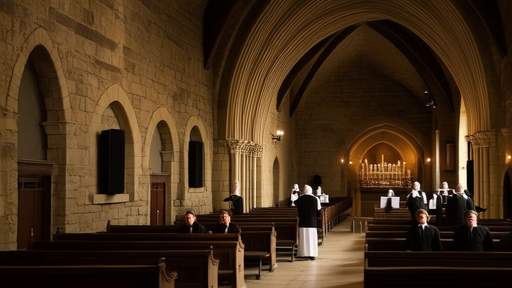
By /Jun 5, 2025
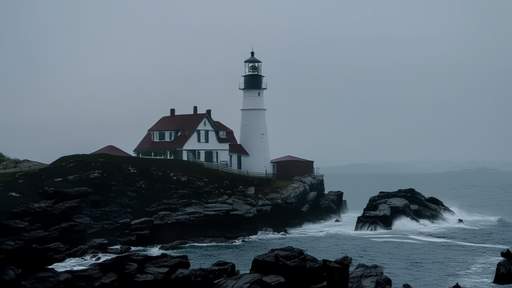
By /Jun 5, 2025
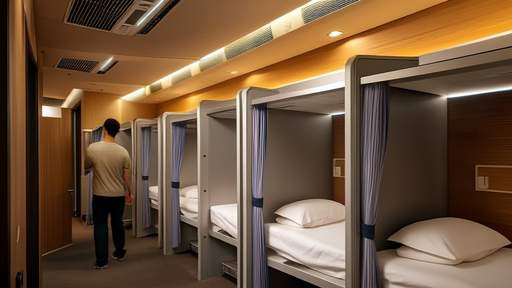
By /Jun 5, 2025

By /Jun 5, 2025
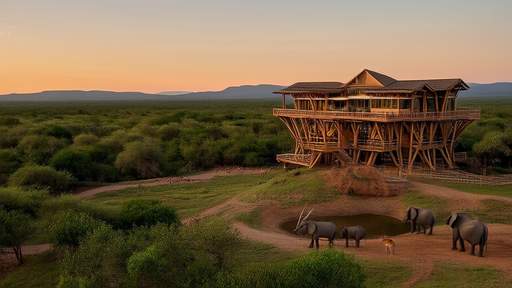
By /Jun 5, 2025
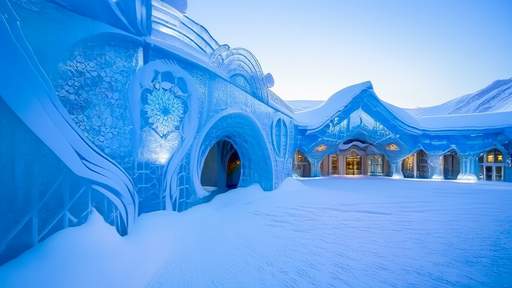
By /Jun 5, 2025

By /Jun 5, 2025

By /Jun 5, 2025
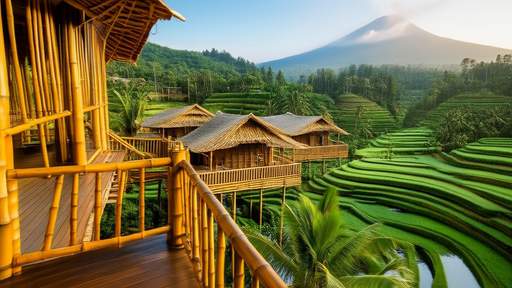
By /Jun 5, 2025
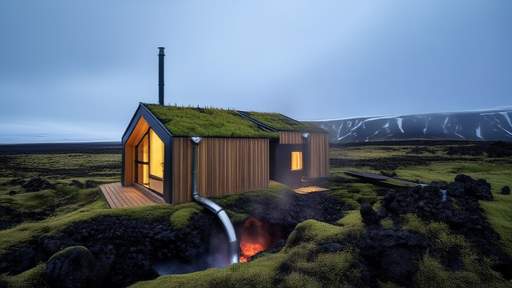
By /Jun 5, 2025
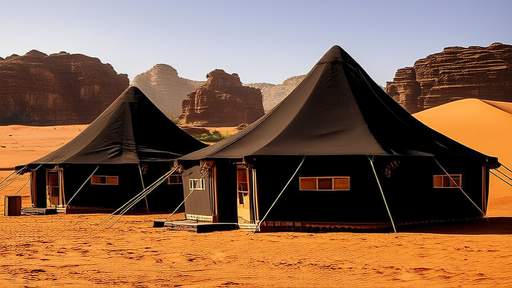
By /Jun 5, 2025
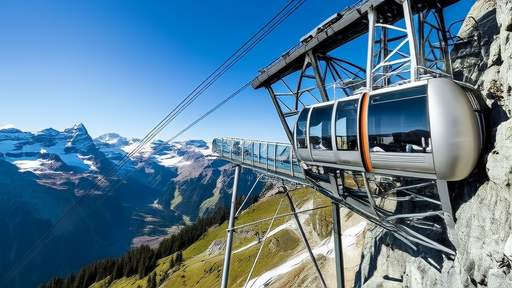
By /Jun 5, 2025
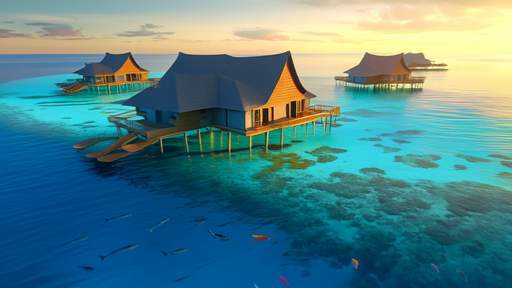
By /Jun 5, 2025
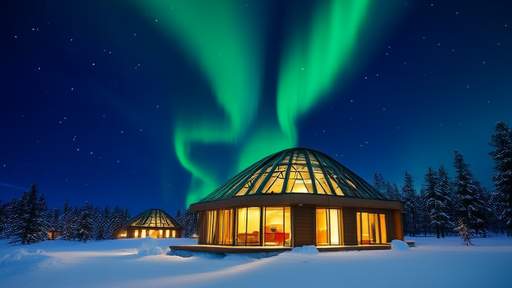
By /Jun 5, 2025
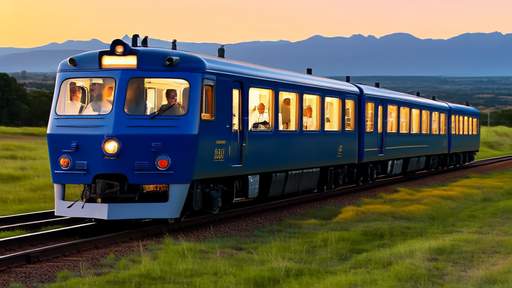
By /Jun 5, 2025

By /Jun 5, 2025

By /Jun 5, 2025
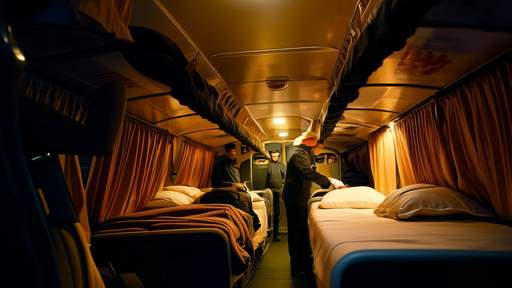
By /Jun 5, 2025